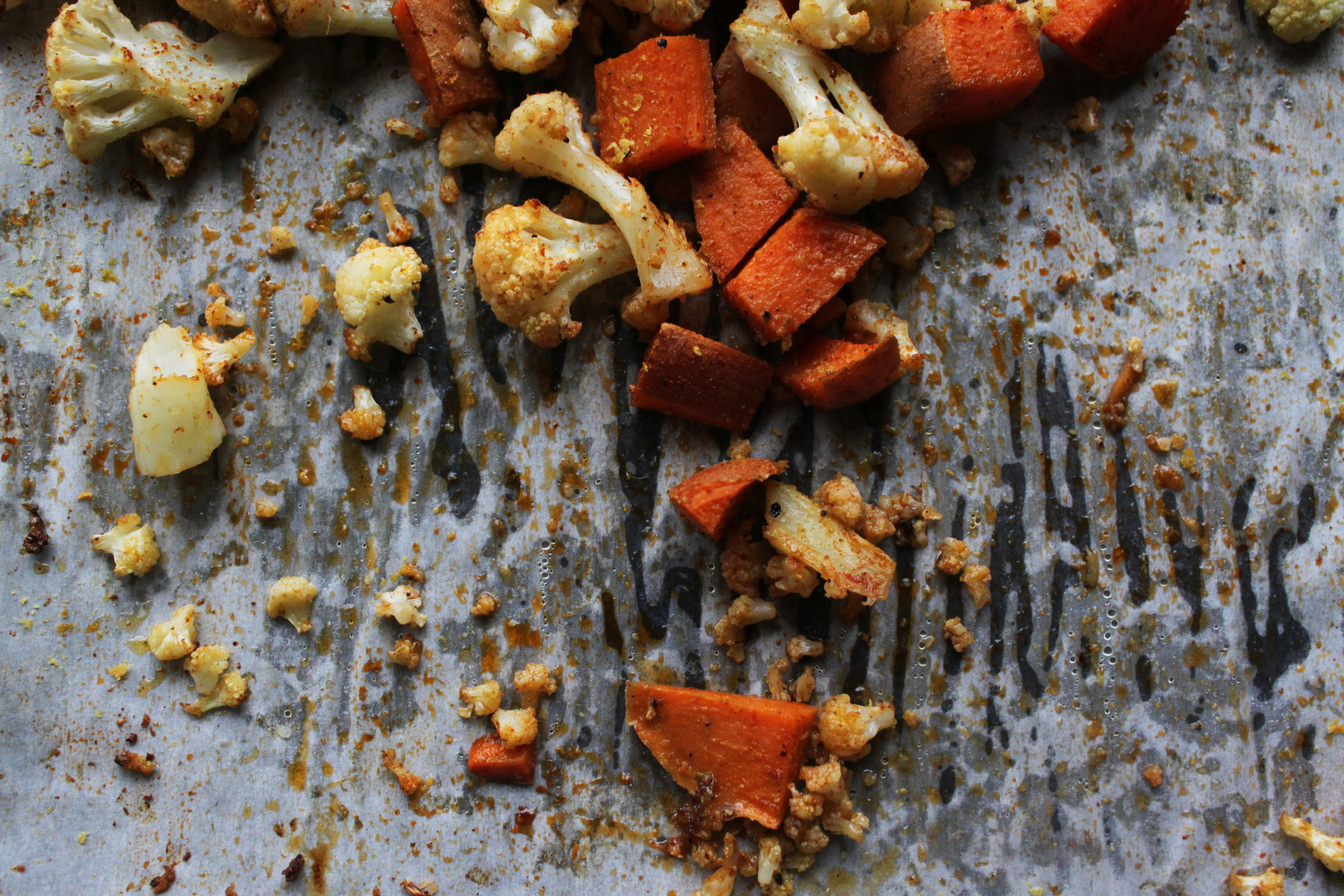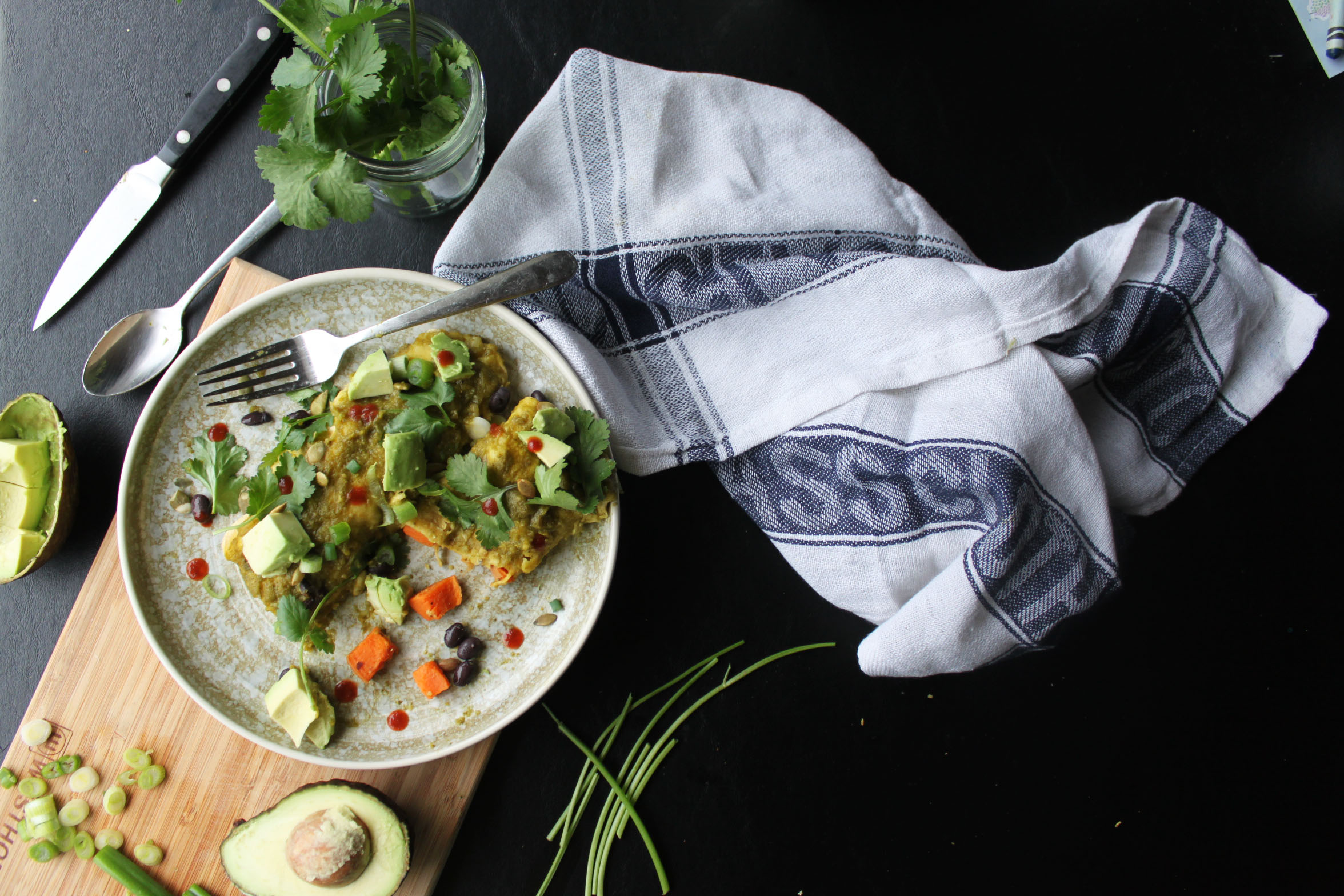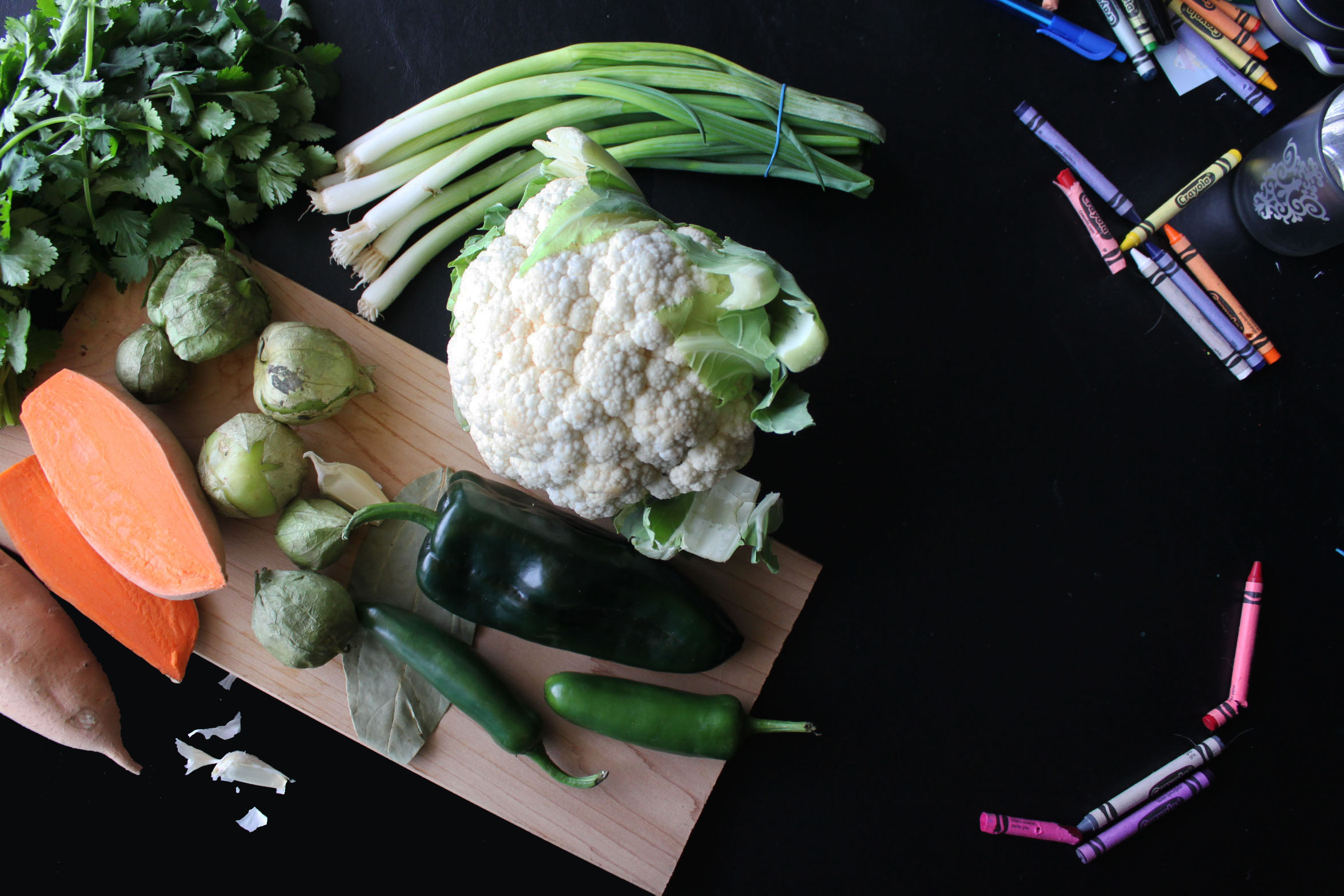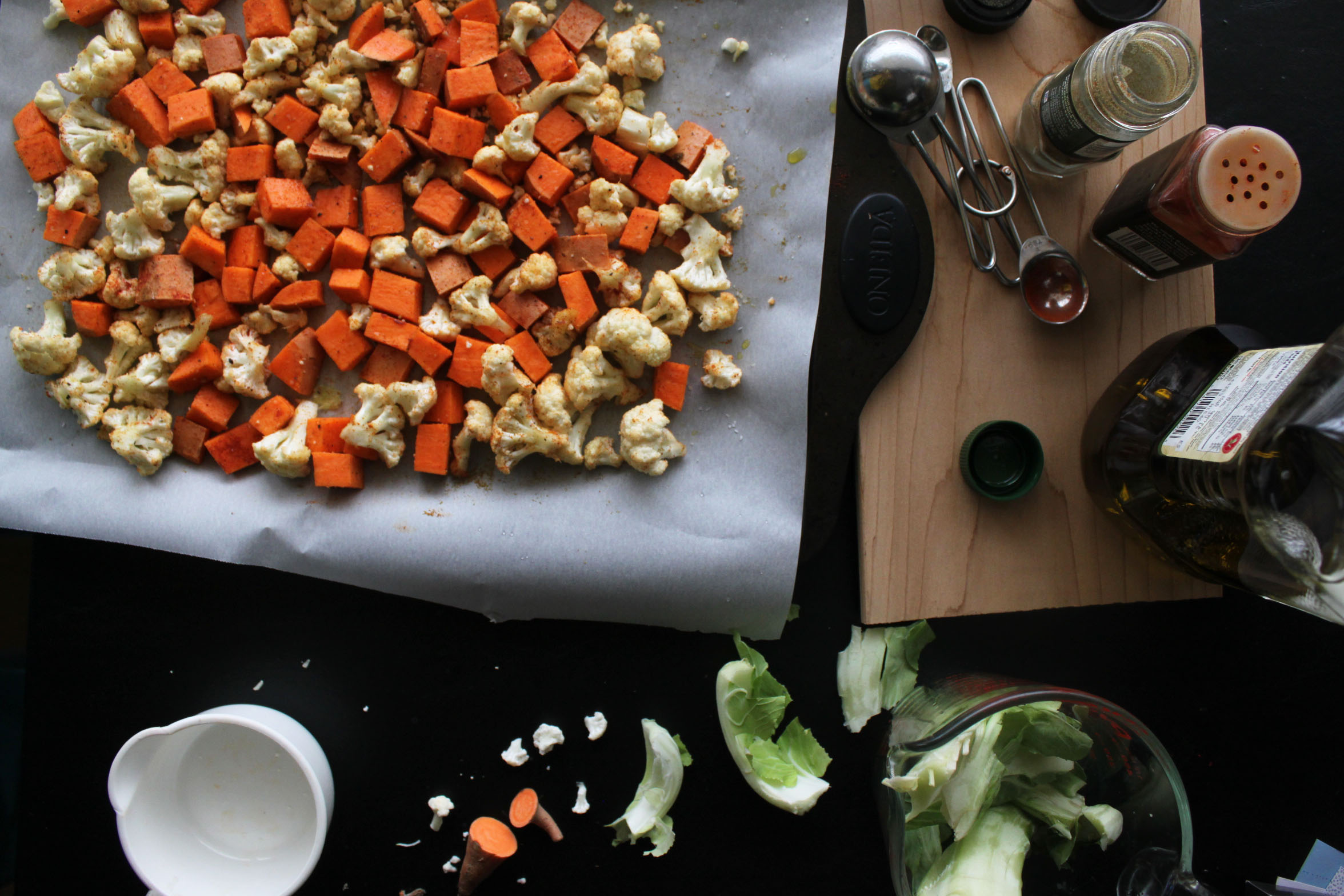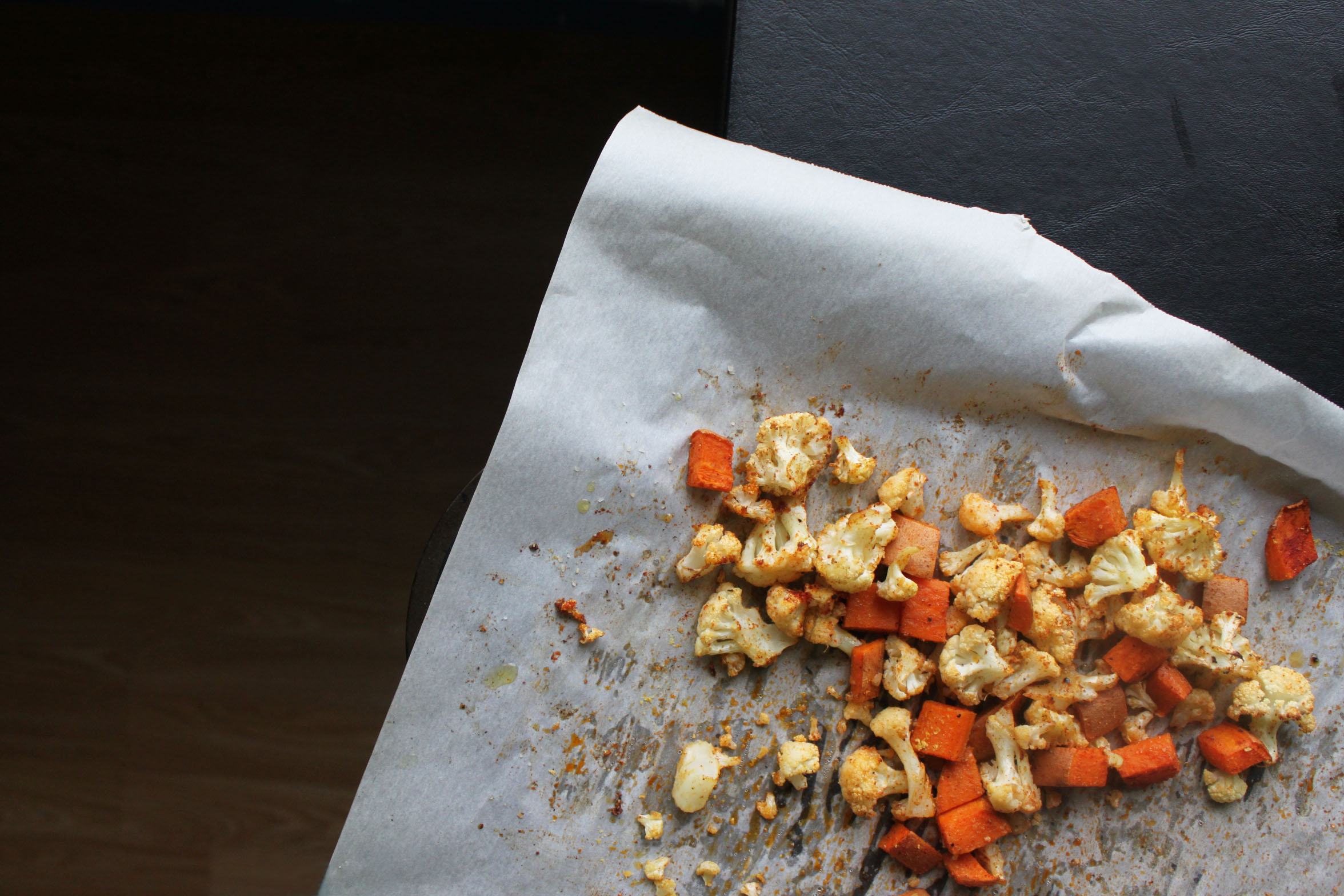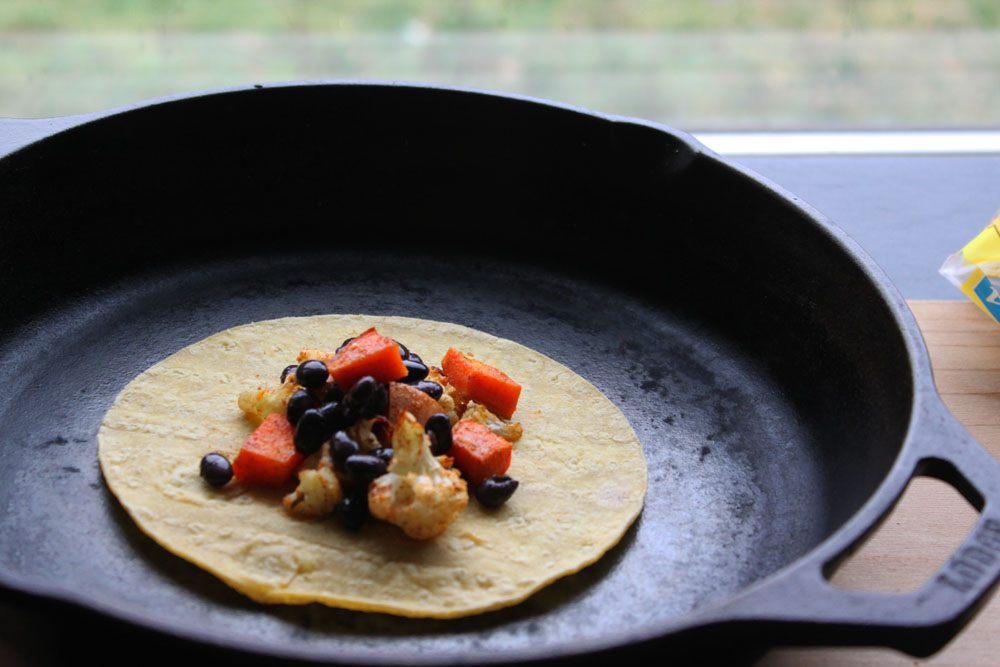When it’s 3:00 pm in Seattle, I am rarely one of the only three people in the 44. The bus that starts at University District and goes till Ballard is one of the few all-purpose buses in the city. Rarely is there a time of the day where you don’t see the four or five Seattle staples: Rain water, coffee cups, coffee floors and lack of eye contact. The fifth varies between fleece, people looking for Aurora and the forever popular Seahawks hats . I’d like to think of myself as the observer from Everett.
If you’ve ever wondered where I lived, it isn’t Seattle. It is close enough for me to justify working there but it’s far enough for everybody else to turn snot-nosed about making the drive to the north. I don’t feel bad. They would do the same for Shoreline. My commute takes me from Everett to a mid-way point where I get into the 44, look for Mt Rainier, and continue this passage created for me.
As it turns 3 pm, I go back home. On the 44 a few weeks ago, our bus driver was everything a Seattle Metro Transit employee isn’t. If I could assign him a different job based on his apperance, I would choose tattoo artist, rehab counsellor or bike store expert (my imagination is very flighty). I got on the bus, said hello to him and was followed by a lady who was having a hard time finding a piece of paper that lets her be on the bus. The bus “transfer” is hard not to lose, he understood that. “It’s okay,” he said to her, “I’m not that kind of bus driver.” I half-smiled. I knew this already.
I had seen him on the job last year. He confused a trio of primary (or elementary, in America) school-aged children when he told them their bus passes were charging them the adult rate. They kids giggled amongst themselves once he was done explaining that to them. Nobody gives a shit about your money anymore unless you don’t have any. Then everybody does.
The bus driver didn’t. I wanted to know how he had so much to give in one of the most thankless jobs. He felt compelled to explain to the lady why he is the way he is. She had already gone straight to rearranging her bag and looking at her phone. He got on the bus microphone and started to talk.
“You know, I read this article recently where they had interviewed a bunch of people who were a more than a 100 years old. They (the writer) asked them what their secret was…and a lot of them said they were nice to people. Isn’t that cool? I thought that was interesting. So I try to be nice to be people and do my part,” he said.
He was talking directly to her but I couldn’t see her face to gauge her reaction. I would hope he made her day. That wasn’t the point though. I heard him. He made mine. I nodded in agreement.
Maybe next time I’ll ask him his name.
PS: Love is love. This message goes out especially hard to those who have a difficult time wrapping their minds around the sameness of that emotion as it’s felt in a different but just as huggable way. Happy day of recognition.
Sweet potato and cauliflower enchiladas verdes
Notes:
- If you’re unsure about using two whole jalapeños, just deseed them once they’re roasted. The seeds hold that delicious heat (which some can’t palate) so take those out and you will be okay. If you still want some heat but not all of it, cut the pepper in half, deseed just one side and leave the rest.
- Corn tortillas are easy to work with only when they’re warm. They will break if you don’t heat them up before filling them. Though the traditional method to warm them is by passing them through hot oil, the method I’ve used works just as well minus the extra step.
- Also, please use corn tortillas over wheat. They just. taste. better.
- Enchiladas are not photogenic. This does not matter one bit.
- I apologise in advance to people of Hispanic heritage, for (maybe) not making this dish traditionally. I read a lot about how it’s made, on a blog written by a lady who grew up in Mexico. This is that blog https://patijinich.com/. It is a great resource for more authentic recipes and she makes everything delicious.
Ingredients
For the tomatillo sauce
- 2 jalapeños
- 1 poblano
- 10 oz tomatillos, husked
- 1 bay leaf
- 2 cloves garlic
- 1 cup of water, or enough to cover the tomatillos
- 1/2 cup cilantro
- 2 green onions, chopped
- 1 tbsp vegetable oil
- Salt and pepper, to taste
Cut out 2 pieces of aluminium foil enough to wrap the peppers once they’ve been roasted. To roast, place the jalapeños and poblano on a heavy-bottom skillet (like a cast iron skillet) on medium-high heat. Char the skin of the peppers, until they turn almost black on all sides. The skin will turn dark and blister before turning crinkly. Keep turning the peppers around so that they char evenly on all side. Don’t worry about missing a few spots. The whole roasting process should take 10-15 minutes. The jalapeños will get done before the poblano because of their smaller size. Place the jalapeños on the aluminium foil and immediately wrap them tightly so that no steam escapes. Repeat the same process for the poblano, once it’s done. Let the peppers sit in the foil for 10 additional minutes. Open the foil packet and then peel the skins off the peppers. Take off the stalks, chop roughly and set aside.
Add the tomatillos, bay leaf and garlic gloves to a small pot filled with water. Put the pot on medium heat and bring the water to a boil. Turn the heat down slightly and cook the tomatillos for 10 minutes or until they turn soft. Discard the bay leaf, but save the tomatillos, garlic and about 3/4 cups of the water. Pour the water in a cup. Keep the pot aside as you will be using it again. Add the tomatillos and garlic to a blender. Put the roasted peppers in the same blender along with the cilantro. Blend the mixture until it turns into a rich green sauce.
Heat vegetable oil on medium heat in the same pot you used to cook the tomatillos. Once the oil is hot, add the green onions to it and stir for a minute. Add the blended tomatillo sauce to the pot along with half of the 3/4 cup of water. Add the rest of the water to the blender and pulse just the water once or twice until is pulls in whatever was left behind in the blender container. Pour all that water into the pot. Bring the sauce to a slow simmer and cook it for 10 minutes. The sauce should thicken and turn a rich shade of green. Season with salt and a crack of fresh pepper before taking the pot off the stove.
For the tortilla filling
- 2 cups sweet potato, 1/2 inch dice
- 2 cups cauliflower, small florets
- 1 tbsp olive oil
- 1 tsp ground cumin
- 1/2 tsp smoked paprika
- Salt and pepper, to taste
- 1 cup cooked black beans
Heat the oven to 400 degrees F. Line a large baking sheet with parchment paper.
Place the sweet potato and cauliflower florets on the baking sheet and toss well with the olive oil. Add the spices and salt + pepper to it and mix well using your hands. Spread out on the baking sheet and place it in the upper middle rack of the oven for 20-25 minutes.
To assemble
- 6 corn tortillas
Turn the oven down to 375 degrees F. Line a baking dish with parchment paper.
Warm the tortillas on a lightly oiled cast-iron skillet set to medium heat. Give each side of the tortilla about 15 second and then place on a plate covered with a tea towel until you’re ready to assemble. Have the filling ingredients in front of you. Place a tortilla on a plate and spoon about 2 tbsp of the sweet potato-cauliflower-black bean filling along the center. Roll the tortilla and place the open end face down in the baking dish. Repeat with the other tortillas and place them side by side.
Spoon the tomatillo sauce all over the top of the tortillas, coating them well. Place the baking dish into the oven and bake the now-enchiladas for 15 minutes.
To serve, spoon an enchilada or three on to a plate. Top with more fresh cilantro, cubed avocado, hot sauce and serve warm.
